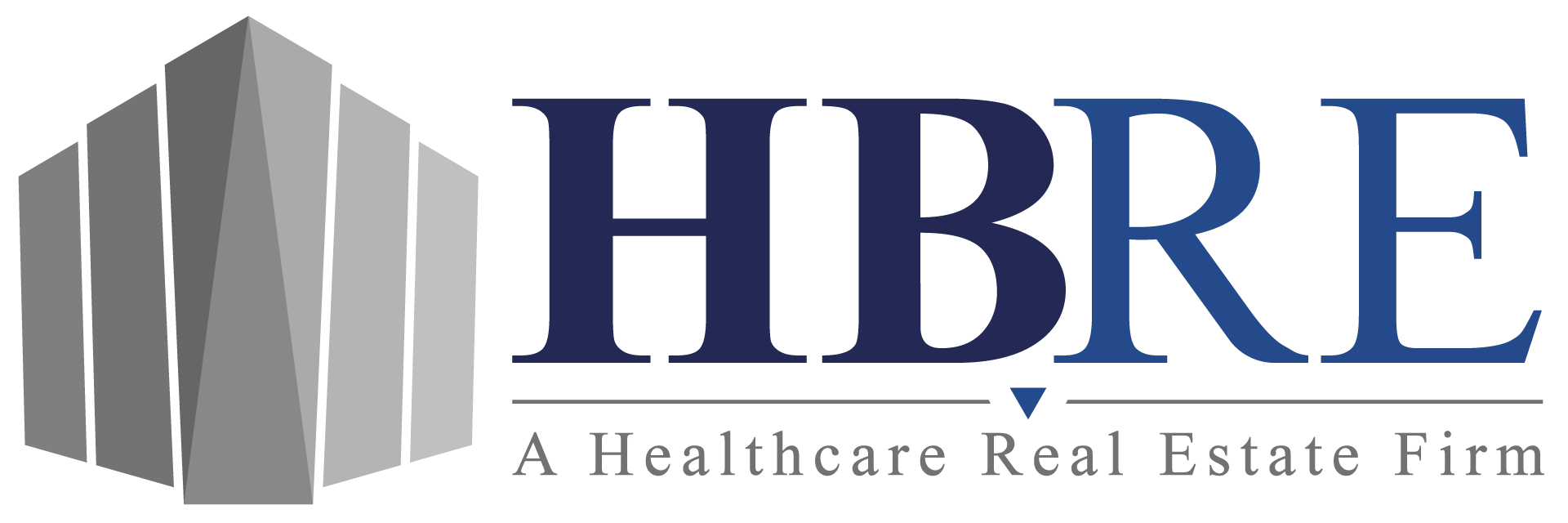Deciding Which Type of CRE Property You Should Invest In
Commercial real estate (CRE) is a multifaceted investment topic. There are numerous ways to invest in real estate and multiple types of real estate options. Four of the commonly recognized CRE property segments are office, industrial, multi-family, and retail real estate. So which one is the best investment choice?
Before selecting a CRE segment, an investor should determine their reason for investing. For example, do they want cash flow or an immediate return? They should also consider the current state of the market for each type of real estate. This year, for example, the NREI released survey findings that suggest a demand for medical real estate. That type of development plays a big role in the landscape of CRE.
In addition to monitoring CRE updates, investors should be aware of the ins and outs of CRE property types. Each type hosts a different kind of tenant and has distinct responsibilities. Knowing the basics of each may be the determining factor for choosing the right CRE investment opportunity.
Office
Office real estate can host one tenant or multiple tenants within the same building. Larger office properties, like multi-story high rises, typically host more than one business. In many of these cases, the building and its tenants are maintained by a third party property management company. This helps the investor focus on their investment portfolio rather than day-to-day building maintenance and annual insurance or tax record-keeping.
Office real estate is also categorized by class. Class A buildings are high-quality properties, often providing top-notch amenities. Their prime locations allow easy access to transportation options and offer high-quality technological advantages. Meanwhile, class B properties are well-maintained, older facilities. They are leased at above-average rates but are less costly than class A in terms of rent. Lastly, class C facilities are typically more than 40 years old. They are often in need of upgrades or remodels, and they are usually prized for practicality more than luxury.
Industrial
Industrial real estate includes spaces like warehouses, manufacturing sites, and flex (also known as research and development) space. Since these properties usually have a single tenant, there is a greater risk involved. As it would be impractical to convert the space into new uses, the space is limited to a specific type of tenant.
Businesses review these industrial facilities when they are seeking a location for their plant, storage for goods, or dual office and warehouse space. Venues with dual office and warehouse or manufacturing space are a bit more appealing to businesses since there are more options to fit their business needs. Potential tenants also typically compare facilities depending on their dock options, such as grade level, semi-docks, full-docks, etc.
Multi-family
Apartment buildings, condominiums, and multi-unit housing developments are all considered multi-family real estate. This sector doesn’t lend itself to long-term stability. Shorter lease terms, in comparison to office or retail spaces, means there is potential for higher tenant turnover. These types of facilities also involve a different set of amenities than an office building or retail property. Landlords of larger multi-family real estate commonly offer livability amenities such as pools, rentable clubhouses, or a common area with wifi access.
Retail
Malls, restaurants, or stand-alone shops can all be considered retail commercial real estate property. Retail properties include strip centers, which are also known as “strip malls.” These properties host multiple shops or restaurant tenants in the same, larger property. Simply stated, any property with goods or services that can be offered directly to a consumer could fall under the retail category.
Depending on the tenant and the terms of the lease, these can be challenging properties to own. Retail real estate can have single or multiple tenants; and the length of the leases can heavily impact the value of the property. A retail real estate owner has the never-ending task of determining fair rent amounts and keeping all of their available spaces occupied.
Every investor wants to make an investment that provides the best return for their resources. And there is no one-size-fits-all solution when it comes to CRE. It takes time, strategy, and a significant amount of research for an investor to select the right investment for their portfolio. The best CRE property to invest in is the one that best suits the individual investor.




